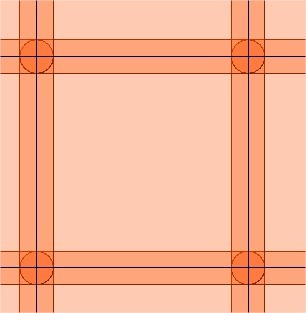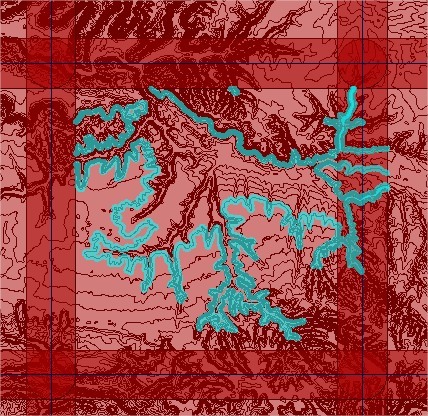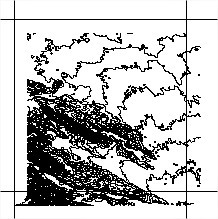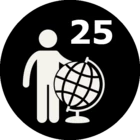I have a grid with 16 polygons. I have an orthophoto and a contour dataset that covers the extent of the 16 polygons. I want to buffer each polygon by a set amount and clip to the extent of the buffered polygons to create an overlap. When I use the the bufferer and clipper transformer for imagery using the fanout expression to create 16 individual named folders it works fine but when I run the same unchanged routine on a contour shapefile it doesn't buffer to extent of the buffered polygons correctly. I've attached screenshots of the result using the shapefile. I've tried changing random settings but cannot achieve the expected result. Thanks in advance. Aaron

The blue lines are my grid polygons. The darker shades are the overlaps of the surrounding polygons.

You can see from this the routine seems to be using some of the surrounding polygons as a clipper and clipping contours from the left and top of the grid polygon. This does not happen when using the same routine on the orthophoto, it works fine and clips correctly.
 The end result.
The end result.





